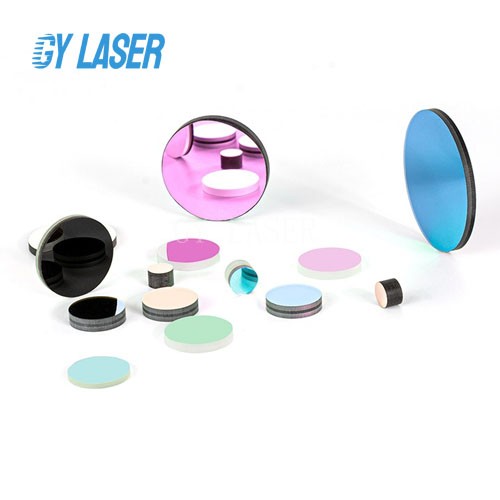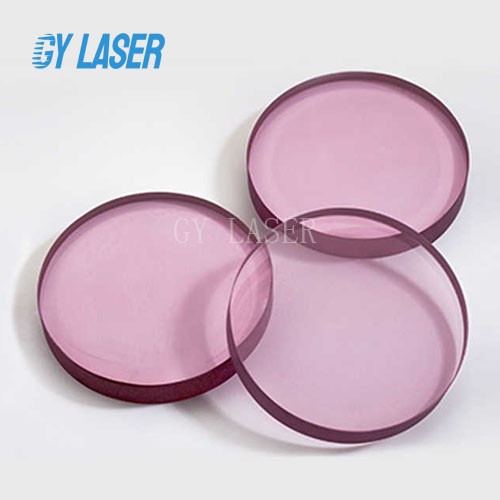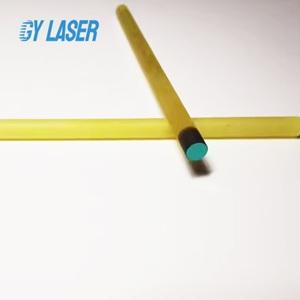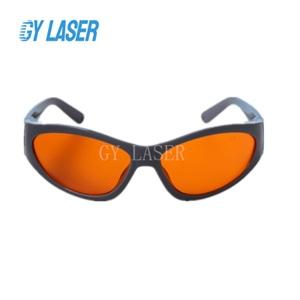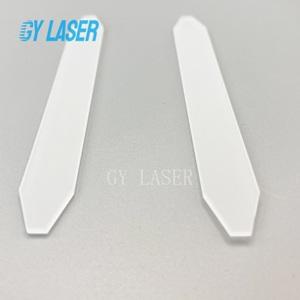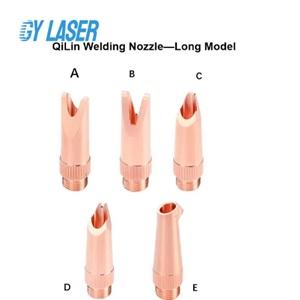AR Coating service for laser crystals and optics glass
- Category: Coating Service
- Material:Nd:YAG,K9 glass,Fused quartz,
- Size:Custom
- Coating:AR-coated Upon Customer Request
- Application:Laser
- Product description:The function of Anti-Reflective Coating (AR Coating) is to reduce light reflection on optical surfaces and increase transmittance. It is widely used in lenses, optical glass, and lasers, especially in
AR Coating service for laser crystals and optics glass
An Anti-Reflective Coating (AR Coating) is a thin layer of material applied to the surface of optical components to minimize reflection and enhance the transmission of light through the surface. By reducing the amount of light that is reflected away from the surface, AR coatings significantly improve the performance of optical devices.
Function
The primary function of an AR coating is to reduce the reflection of light at the interface between two media (e.g., air and glass). When light hits a surface, some of it is reflected, and some is transmitted. The goal of AR coatings is to maximize the transmitted light while minimizing the reflected light. This is achieved through:
Interference: AR coatings work on the principle of destructive interference. The coating is designed to have a specific thickness and refractive index, which causes the reflected light waves from the top and bottom surfaces of the coating to interfere with each other. When they are out of phase, they cancel each other out, thereby reducing overall reflection.
Layer Composition: AR coatings are typically made from materials with different refractive indices (such as magnesium fluoride, silicon dioxide, or titanium dioxide). Multi-layer coatings can be applied to achieve optimal performance across a range of wavelengths.
Benefits
Increased Transmittance: The primary benefit of AR coatings is the significant increase in light transmission. This is critical for applications like camera lenses and telescopes, where capturing as much light as possible is essential for image quality.
Improved Image Quality: By reducing reflections, AR coatings help eliminate ghosting and flare effects, leading to clearer and more accurate images.
Enhanced Contrast: With lower reflections, the contrast of images captured through coated lenses is improved, making details more distinct.
Reduced Glare: AR coatings help reduce glare from surfaces, making them particularly useful in applications like eyewear and displays.
Durability: Many AR coatings are designed to be scratch-resistant and can provide additional protection to the underlying optical surface, enhancing the longevity of the optical components.
Applications
AR coatings are utilized in a variety of optical and electronic devices, including:
Camera Lenses: Professional and consumer cameras often feature AR coatings to ensure high-quality images with minimal reflections.
Eyeglasses: Anti-reflective coatings are common on prescription lenses, enhancing vision clarity and reducing glare from screens and headlights.
Binoculars and Telescopes: These devices benefit from AR coatings to maximize light transmission and improve image brightness.
Displays: Screens on smartphones, tablets, and monitors often have AR coatings to reduce reflections and improve visibility in bright lighting conditions.
Optical Instruments: Microscopes, projectors, and other scientific instruments use AR coatings to enhance performance and accuracy.
Types of AR Coatings
Single-Layer Coatings: These are the simplest form of AR coatings, typically using one layer of material to reduce reflections at a specific wavelength or range of wavelengths.
Multi-Layer Coatings: More complex coatings that use multiple layers to enhance performance across a broader range of wavelengths. These are commonly used in high-performance applications.
Broadband Coatings: Designed to minimize reflection over a wide range of wavelengths, these coatings are ideal for applications where multiple light sources or varying light conditions are present.
Custom Coatings: Tailored AR coatings can be designed for specific applications and light conditions, optimizing performance for particular optical systems.
Conclusion
Anti-reflective coatings are an essential technology in the field of optics, significantly enhancing the performance of various optical devices by reducing reflection and increasing light transmission. Their application spans a wide range of industries, from photography and eyewear to scientific research and consumer electronics, making them a critical component in improving visual clarity and image quality.
INQUIRY
CATEGORIES
LATEST NEWS
CONTACT US
Name: Alex Zhang
Mobile:+8616725261381
Tel:
Whatsapp:8616725261381
Email:sales@gylaserparts.com
Add:No.20 Ziyang Road, Huanghe Road, Xiqing District, Tianjin China
